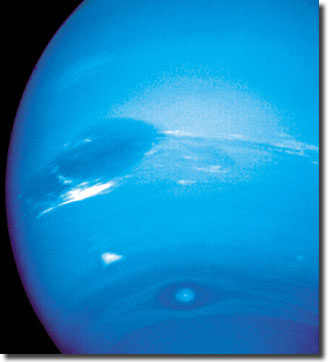 <a onClick="window.open('/olcweb/cgi/pluginpop.cgi?it=jpg::::/sites/dl/free/0073512184/506860/chapter13.jpg','popWin', 'width=378,height=432,resizable,scrollbars');" href="#"><img valign="absmiddle" height="16" width="16" border="0" src="/olcweb/styles/shared/linkicons/image.gif"> (18.0K)</a> <a onClick="window.open('/olcweb/cgi/pluginpop.cgi?it=jpg::::/sites/dl/free/0073512184/506860/chapter13.jpg','popWin', 'width=378,height=432,resizable,scrollbars');" href="#"><img valign="absmiddle" height="16" width="16" border="0" src="/olcweb/styles/shared/linkicons/image.gif"> (18.0K)</a> | On Tuesday the 13th of March, between ten and eleven in the evening, while I was examining the small stars in the neighborhood of H Geminorum, I perceived one that appeared visibly larger than the rest: being struck with its
uncommon magnitude, I compared it to H Geminorum and the small star in the quartile between Auriga and Gemini, and finding it so much larger than either of them, suspected it to be a comet. William Herschell, 1781 |

